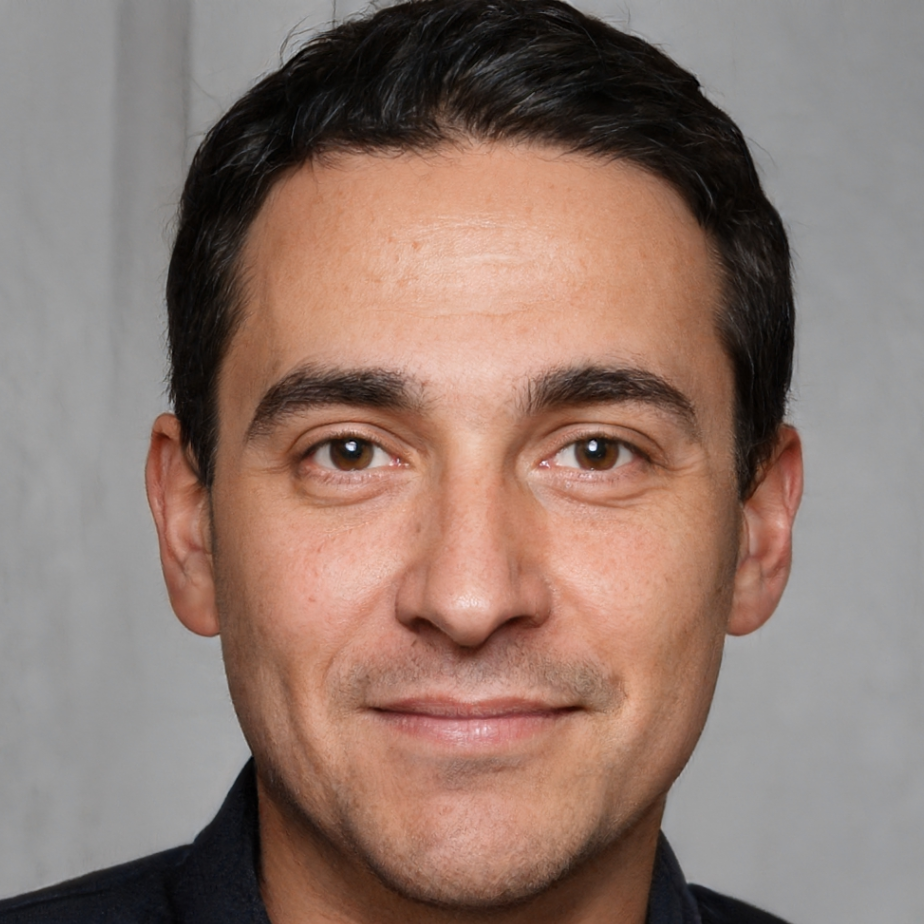Health
Surgeons Perform World’s First Whole-Eye and Partial Face Transplant
 courtesy of time.com
courtesy of time.com
Surgeons at NYU Langone Health have achieved a groundbreaking medical milestone by performing the world's first whole-eye transplant, combined with a partial face transplant. This remarkable procedure is a major step forward for transplantation and vision restoration.
Procedure Performed on Injured Arkansas Man
In May, a team of over 140 healthcare workers conducted the 21-hour surgery on Aaron James, a 46-year-old man from Arkansas who suffered severe injuries in a workplace accident in 2021. James, a power lineman and military veteran, endured a life-threatening electric shock, resulting in the loss of his left eye, significant facial damage, and part of his left arm.
Improved Quality of Life
While it remains uncertain if James will regain vision in his transplanted eye, the combined transplant has already provided him with significant cosmetic benefits and enhanced his ability to speak and consume solid food. This means that he will be able to enjoy a Thanksgiving meal with his family for the first time since the accident.
Unprecedented Procedure
Though corneal transplants and face transplants have been performed in the past, this procedure marks the first documented successful whole-eye transplant. Dr. Eduardo Rodriguez, the NYU surgeon who led James' surgery, stated that no previous attempts had been made in a human clinical trial, making this a groundbreaking achievement.
Risks and Challenges
Transplanting an eye involves added complexity and risks due to its connection to the brain. The body's potential rejection of the transplanted organ poses serious threats, including the risk of death. Despite these challenges, Rodriguez and his team decided to proceed with the procedure, with James and his family's approval.
Stem Cell Injection
During the 21-hour operation, the surgical team injected stem cells from the donor's bone marrow into the optic nerve of the transplanted eye. Stem cells have the potential to repair damaged cells, including those in the eye. By infusing the optic nerve with stem cells, the physicians aimed to increase the chances of nerve regeneration and eye function.
Signs of Progress
Although it is still too early to determine if James will regain sight in his transplanted eye, there have been positive developments since the surgery. The eye now receives direct blood flow to its retina, the part responsible for sensing light and transmitting signals to the brain. Additionally, the eye has a viable pupil.
 courtesy of time.com
courtesy of time.com
A Success for James
Despite the uncertainties, James, who still has vision in his right eye, considers the surgery a success. He expressed his willingness to proceed with the eye transplant, stating, "You've got to start somewhere."
For more information, contact Jamie Ducharme at [email protected].

Hey there! I’m William Cooper, your go-to guy for all things travel at iMagazineDaily. I’m 39, living the dream in Oshkosh, WI, and I can’t get enough of exploring every corner of this amazing world. I’ve got this awesome gig where I blog about my travel escapades, and let me tell you, it’s never a dull moment! When I’m not busy typing away or editing some cool content, I’m out there in the city, living it up and tasting every crazy delicious thing I can find. Join me on this wild ride of adventures and stories, right here at iMagazineDaily. Trust me, it’s going to be a blast! 🌍✈️🍴







